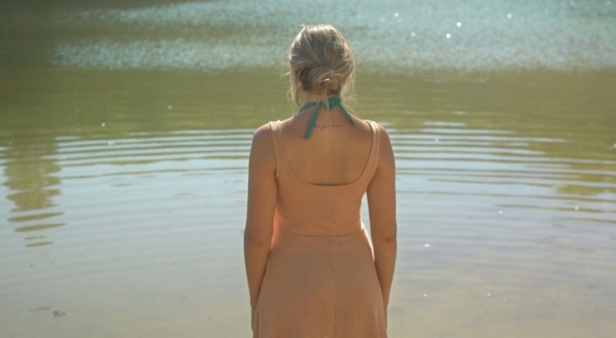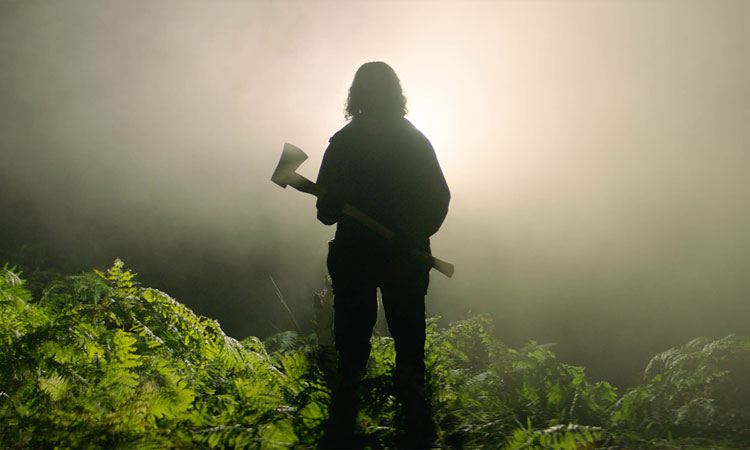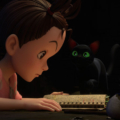In The Quarry (En el pozo) opens with nature: wide shots in montage of a lake, the moon in the daytime sky, rocky cliffs, a turtle near the shore. These are all desolate, arid spaces, devoid of human life. Yet the lake is in fact man-made, an abandoned quarry. When the camera finally focuses on a car, the female figure visible in the back seat, immobile with her head pushed against the window, may look lifeless too, but then she starts breathing, indeed panting in orgasm – and it becomes clear that this is a scene of sex rather than of crime.
Or perhaps it is a crime (of passion). For the man who has gone down on Alicia (Paula SiIva) is local boy Tincho (Rafael Beltrán), looking to win back his old girlfriend while her current partner Bruno (Augusto Gordillo) is just a short walk away with Tincho’s laidback brother Tola (Luis Pazos) at a spot by the quarry. If we first see Tincho eating Alicia out, then carnality and the consumption of meat will become dominant motifs in this feature debut written and directed by brothers Bernardo and Rafael Antonaccio. As the sun blazes, as these men’s aggressive machismo simmers, and as the tension builds and builds to boiling point, there is always meat either cooking on the brazier or being shared by the three men and the woman whom Tola calls “the group’s siren”.
Predation, too, and the questions of the food chain, keep recurring. “There’s a shark,” Bruno says to Alicia as he swims with her in the quarry. It’s just a joke – or perhaps a metaphor for broader bestial appetites and impulses – but nonetheless his claim is subtly supported by a sly cutaway to a seated Tincho watching them from the beach, shot with just the slightest of dolly zooms to evoke the most famous shot from Jaws (1975). As the brothers put out hooks on homemade fishing lines, conversation shifts to the morality of hunting, with metropolitan outsider Bruno insisting that it is an uncivilised, ‘peasant’ activity, while denying its connection to his own love of sushi. Yet the real threats here, of hunting, barbing, spearing and slashing, even of eating raw flesh, do not come from animals. The local ‘tiger turtles’, said to bite and even to be venomous, are here seen merely passing through, indifferent to the increasingly animalistic behaviours exhibited by the human players around them.
Alicia is conflicted – torn between her roots in a small town and her adult life in Uruguay’s capital city – and that conflict is embodied by the growing hostilities between Tincho and Bruno in their rivalry for her affection, or at least for her possession. With jealousies and tempers flaring in the heat, In The Quarry is a slow-burn psychodrama, carefully observing the taut dynamic between these four, before allowing their true natures to surface. The Antonaccios too have fully emerged, deftly casting their line between sex and class, and hooking masculinity at its most dangerously fragile.
In The Quarry was seen and reviewed at Arrow Video FrightFest 2020.



